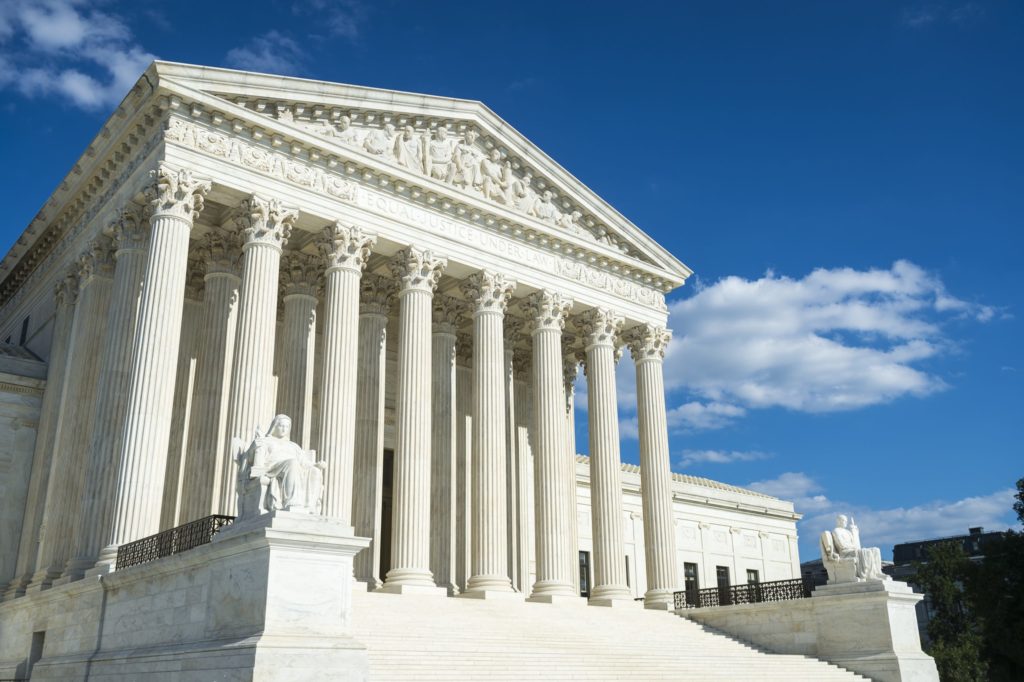How Restoring Pell Grants for Incarcerated Students Can Help Post-COVID Revival
However, reports also include anecdotes about Americans’ incredible and proven capacity to rebound.
During the country’s recovery from the Great Depression, the New Deal created jobs and learning opportunities for many individuals who needed the tools to succeed—and it worked. The New Deal was founded on three pillars: relief, recovery and reform. Likewise, as we look to rebuild after this pandemic, building and educating a reliable workforce will be paramount.
One surefire way to advance this goal is by reinstating Pell Grants for incarcerated students.
When we begin our economic recovery process, there will be a need for qualified workers, and we have prisons filled with individuals who will one day be released. Some 95 percent of the current state prison population will eventually return to society and seek employment. The justice system can and should do more to prepare these individuals for life outside of prison walls. Currently, one year after release, over 60 percent of formerly incarcerated individuals remain unemployed.
Corrections systems need to increase opportunities for incarcerated people to receive an education while detained, so they can some day join a modernized workforce. Offering post-secondary education in correctional facilities would present new opportunities for affected individuals and business owners.
Indeed, businesses flourish by hiring educated employees. When employers have the option to choose from a deeper pool of well-educated candidates, companies can increase productivity and hone competitiveness.
Furthermore, when businesses experience financial growth, employees benefit through increased job stability and higher wages. Establishing economic growth patterns and hiring large numbers of qualified employees will help our country recover more quickly from the economic fallout from COVID-19.
Finding jobs for all those unemployed as a result of COVID-19 furloughs and layoffs will be challenging, but before this recent downturn there were many unfilled jobs. Specifically, the Bureau of Labor Statistics reported that there were about two million job vacancies in 2019. In that same year, nearly 600,000 people were released from prisons and jails.
The notorious 1994 crime bill instituted a ban on Pell Grants for incarcerated people, needlessly limiting opportunities for would-be students confined to their cells. Fortunately, Congress has already introduced legislation that would lift the ban on Pell Grants for incarcerated students.
This bipartisan bill, called the Restoring Education and Learning Act (REAL Act), would allow incarcerated students to resume the use of Pell Grants to access higher education while in prison. The bill would provide desperately needed educational opportunities for individuals who will soon reenter society and hope to begin working.
Providing opportunities for people to seek education and prepare themselves for reentering the workforce is good for everyone in society. Indeed, research has found that every dollar spent on postsecondary education programs for prisoners reduces future incarceration costs by $4 to $5 during the first three years after an individual is released, meaning that there is a direct correlation between increasing education and decreasing recidivism.
Congress should move forward to help formerly incarcerated people get the skills they need to join other Americans in overcoming the challenges of a depressed economy.
Increasing access to post-secondary correctional education via reinstating Pell Grant eligibility for incarcerated students will be an important contribution to our recovery process.
Image credit: LightField Studios







